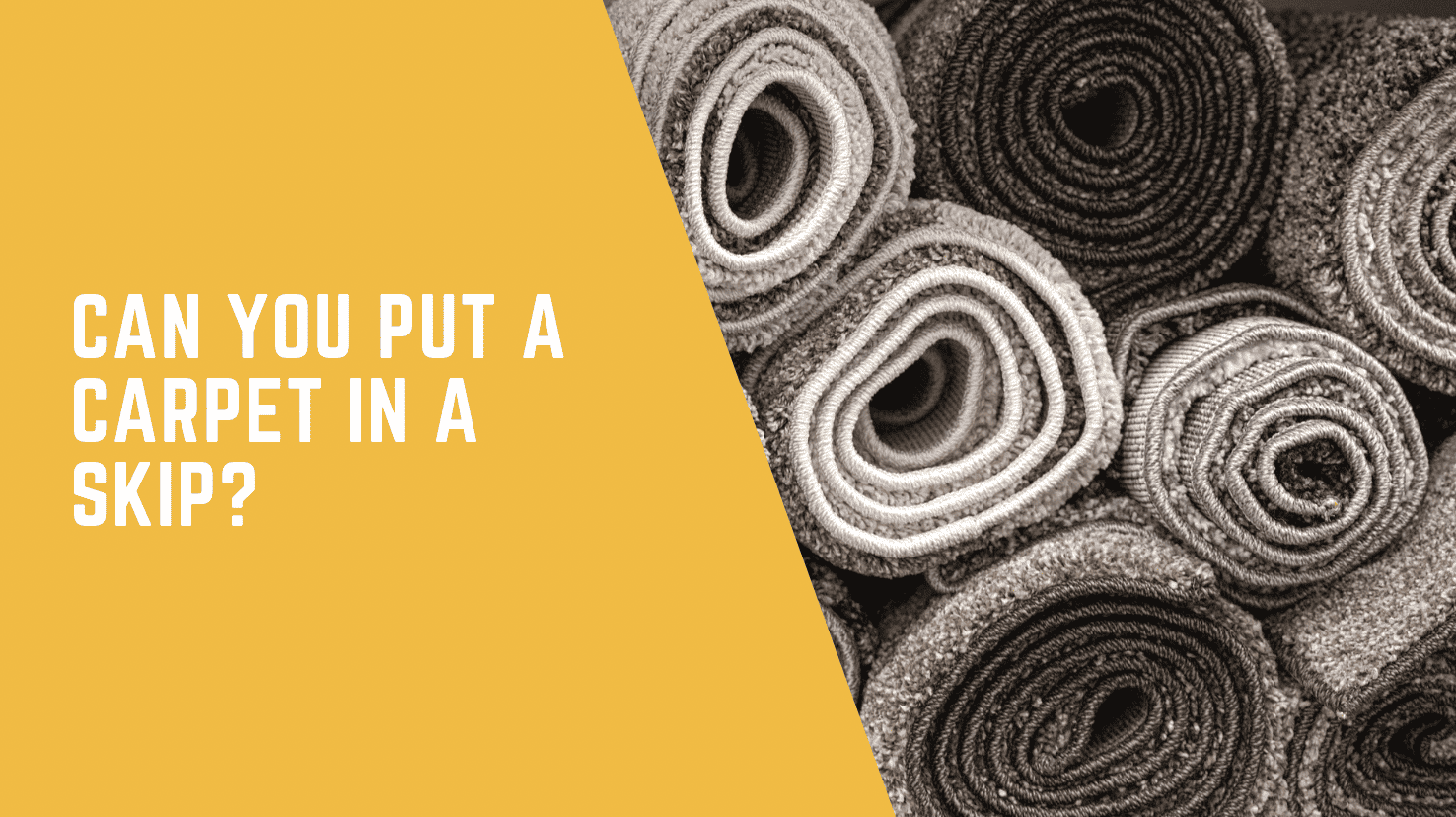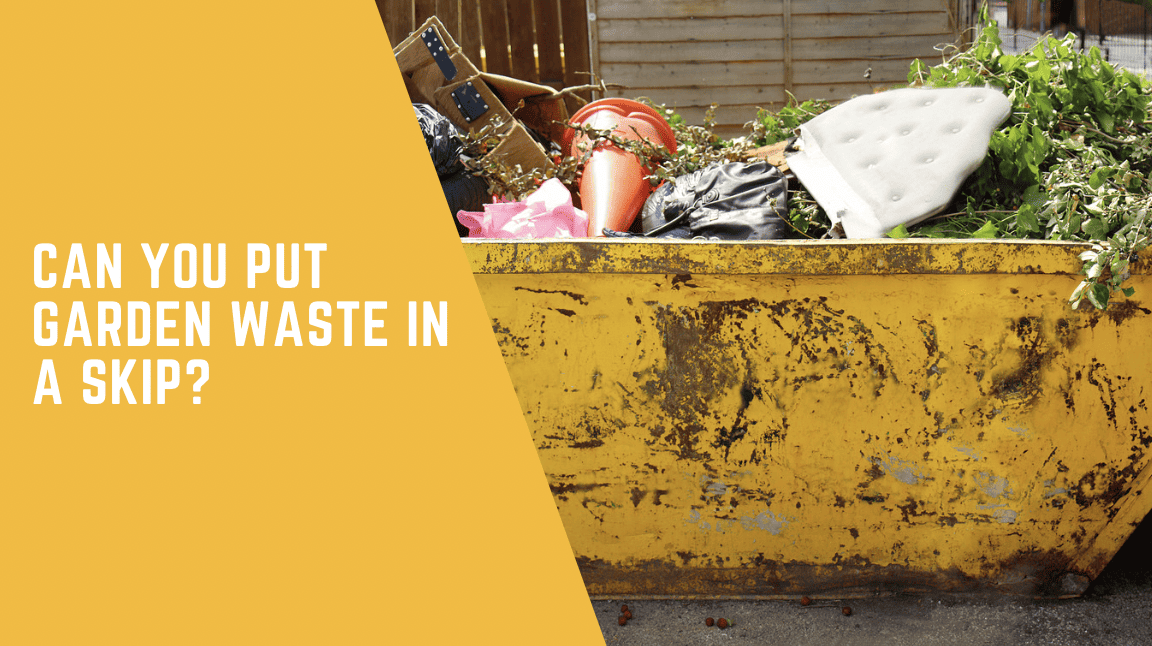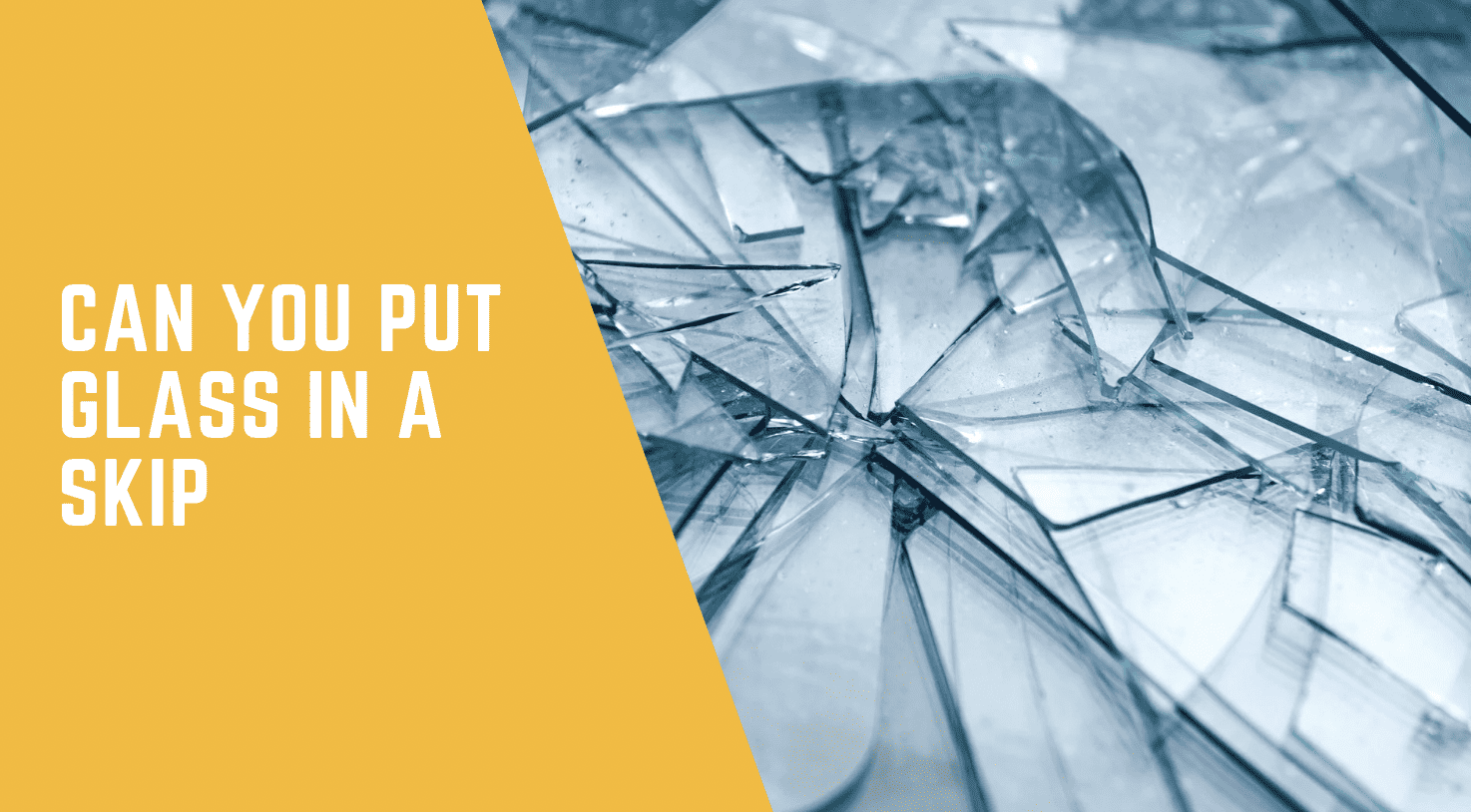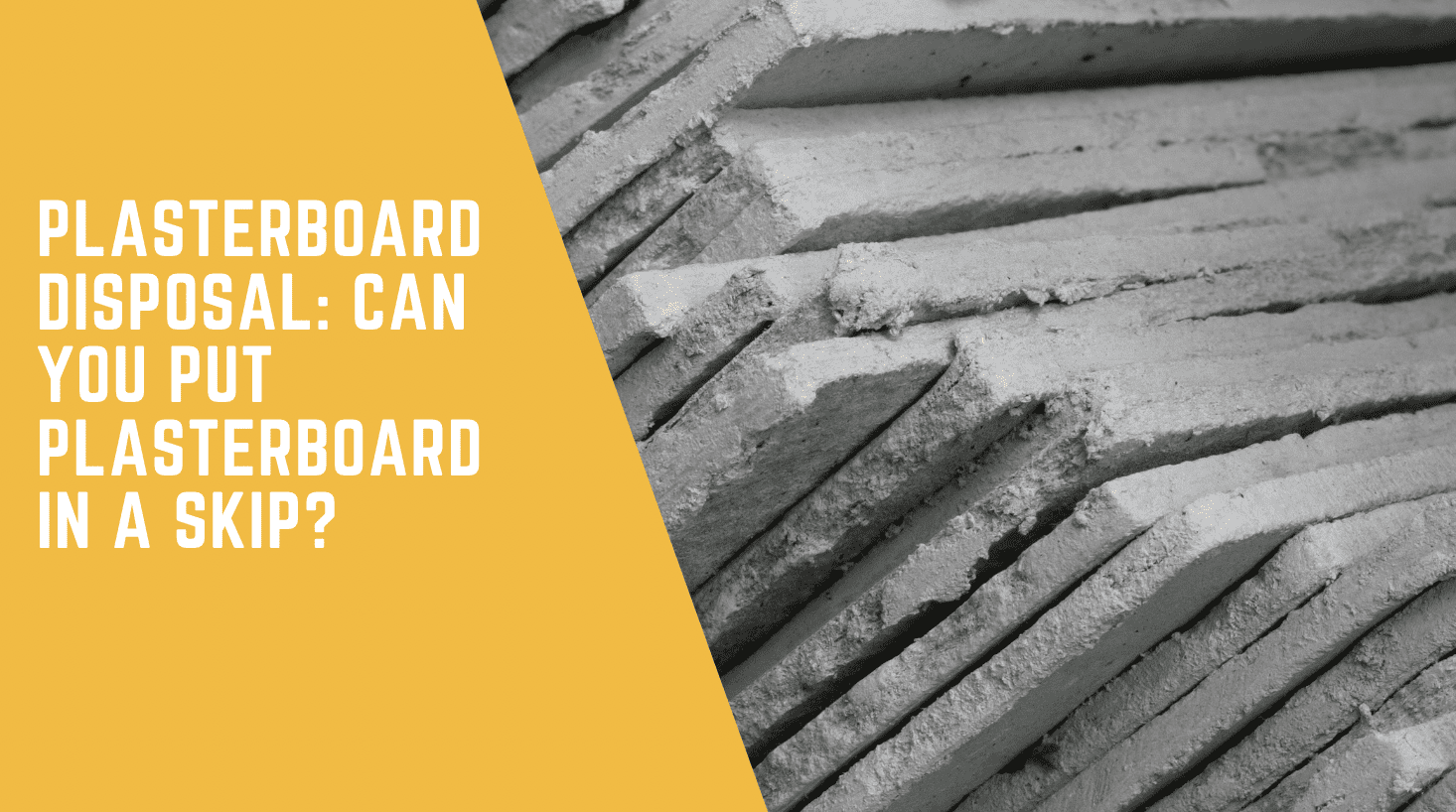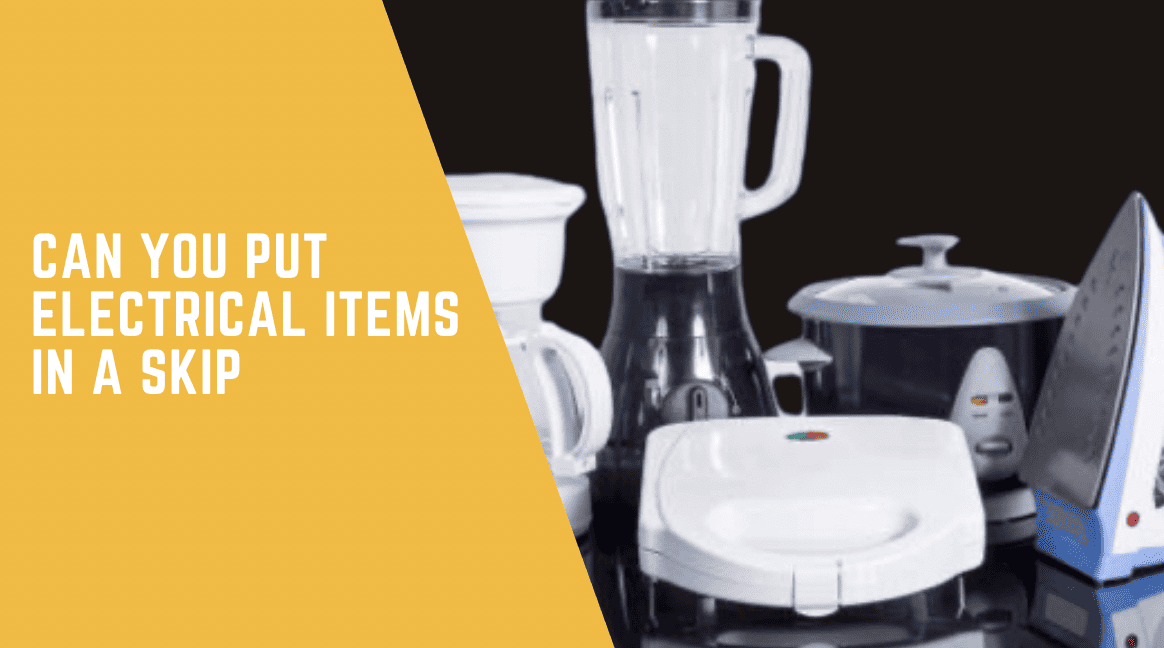
Complete Guide On How To Dispose Of Polystyrene
INTRODUCTION
Polystyrene is a common plastic material used for packaging, takeaway boxes, coffee cups, and more. While convenient, polystyrene is not easily recyclable and can have negative environmental impacts if not disposed of properly. This guide will provide information on what polystyrene is, how to responsibly dispose of it, recycling options, and its environmental impact. Follow these tips to ensure your polystyrene waste is handled eco-friendly.
3 KEY FACTS ON HOW TO DISPOSE OF POLYSTYRENE:
- Polystyrene is not biodegradable and can persist in landfills for over 500 years. Proper disposal is crucial to reduce its environmental impact.
- In the UK, polystyrene should not go in regular rubbish bins and often can’t be mixed with curbside recycling. Check with your local council on dedicated polystyrene recycling programs.
- The best way to dispose of polystyrene is through recycling it at designated drop-off points or participating retailers. This keeps it out of landfills and allows the material to be reused.
WHAT IS POLYSTYRENE?
Polystyrene is a petroleum-based plastic made from the styrene monomer. It is lightweight, moisture-resistant, and a good insulator, making it useful for food containers, packaging, and more. However, polystyrene can be challenging to recycle and does not biodegrade quickly.
There are two main types of polystyrene:
EXPANDED POLYSTYRENE (EPS)
Lightweight, rigid foam used for coffee cups, takeaway boxes, packaging materials. EPS is recognizable by its brittle nature and white, foamy appearance.
EXTRUDED POLYSTYRENE (XPS)
A dense, durable foam used for insulation panels and other building materials. XPS has a distinctly blue or pink colour.
Both forms pose recycling challenges and can persist in the environment for hundreds of years if littered or sent to landfills.
THE IMPACT OF POLYSTYRENE ON THE ENVIRONMENT
Polystyrene takes an incredibly long to break down due to its durable plastic composition. When littered or sent to landfills, polystyrene can persist for centuries. This is detrimental to the environment in several ways:
- Pollution – Polystyrene breaks down into small, non-biodegradable pieces that wildlife can eat or make their way into waterways and oceans. This contributes to plastic pollution and environmental contamination.
- Hazardous Chemical Leaching – Certain additives and colouring agents used in polystyrene can leach out as it degrades slowly over time. This can release potentially dangerous chemicals into ecosystems and groundwater.
- Waste Accumulation – Since polystyrene cannot be naturally recycled back into the environment, the waste builds up substantially in landfills and the natural world. This wastes resources and takes up unnecessary space.
- Not Biodegradable – Unlike paper, organic materials, or bioplastics made from plant starches, polystyrene does not biodegrade back into natural substances. It stays in the environment indefinitely until physically broken down.
Because of these environmental impacts, avoiding littering polystyrene and recycling it properly whenever possible is important.
WHAT BIN DOES POLYSTYRENE GO IN? (UK)
In the UK, polystyrene recycling can be confusing since rules often vary by local council. Here are some general guidelines on polystyrene bin disposal for UK residents:
- Regular Council Bins – Polystyrene should NOT be placed in regular household waste bins that go to landfills. While some councils may allow small amounts, it’s best to avoid it unless explicitly approved.
- Recycling Bins – Based on recyclenow.com, they state most household recycling bins cannot accept polystyrene. Foam boxes, cups, and packaging typically cannot be mixed with paper, plastic bottles, cans, and other recyclables.
- Special Polystyrene Recycling – Some councils offer dedicated polystyrene recycling collection points or days. Check with your local authority to see if special polystyrene recycling is available. This is the best way to recycle EPS and XPS.
- Take It to a Special Facility – If no council recycling is available, look for private companies or facilities that accept polystyrenes, like recycling centres or plastic collectors. Stores like B&Q also have in-store recycling for used polystyrene.
CAN I PUT POLYSTYRENE IN MY RUBBISH BIN?
While some councils allow small quantities of polystyrene in regular household rubbish bins, this should generally be avoided. Polystyrene sent to landfills can’t break down properly and contributes to plastic pollution. Check with your local waste authority for specific guidance. Recycling polystyrene is a much better option.
CAN YOU PUT POLYSTYRENE IN A SKIP?
Most skip hire companies do not allow polystyrene disposal in their skips since it cannot be compacted down like other waste. The lightweight nature of polystyrene means it takes up excess space. Your best option is to check their policies with the individual skip company. Never put polystyrene into skips or bins without approval, as you may incur extra charges. Look for recycling alternatives in your area whenever possible.
Related Article: What Can You Put In A Skip?
HOW TO RECYCLE POLYSTYRENE?
Recycling polystyrene takes some extra effort but helps keep it out of landfills and the environment. Here are some tips for adequately recycling polystyrene:
- Find out if your local council offers polystyrene recycling services or collection days. This is the easiest method.
- Look for private recyclers in your area that accept polystyrene, like recycling facilities, plastic collectors, or companies that reuse it for manufacturing.
- Clean any food residue off polystyrene containers and let them dry fully before recycling.
- Check any recycling location’s requirements for removing labels, tape, or separating by type. EPS and XPS may need recycling separately.
- Consider taking polystyrene packaging to retailer collection points, like Argos, B&Q and other participating stores.
- Avoid putting polystyrene into curbside recycling bins not explicitly labelled to accept it. Call your waste company to ask if you are unsure.
- Compress and bundle polystyrene to save space if taking it to a drop-off location.
CAN YOU REUSE POLYSTYRENE?
Before recycling, consider if your polystyrene waste can be reused, which is even better for the environment. Here are some creative ways to reuse polystyrene:
- Use foam packaging peanuts as cushioning when mailing packages. Collect and reuse them multiple times.
- Craft projects like holiday decorations and kids’ arts and crafts. Polystyrene is light and easily shaped.
- DIY insulation and draft proofing by sealing up gaps around windows and doors.
- Lightweight backyard landscaping fill to raise and shape planting beds.
- Fun play props like swords, helmets, and more for kids. Let their imagination run wild!
- Second life through TerraCycle’s Polystyrene Recycling Program that remakes it into picture frames, rulers, and other items.
WHAT TO DO WITH POLYSTYRENE PACKAGING?
Polystyrene packaging from deliveries and takeaways presents a recycling challenge. Here are some responsible ways to handle polystyrene packing materials:
- Check if the retailer will take it back as Argos does with packaging from delivered items. This makes recycling easy.
- Look for local recycling drop-offs that accept polystyrene packaging. Call ahead to see if they require any prep, like removing tape.
- Use parcel packing services that reuse polystyrene peanuts and airbags. This keeps the material in use.
- Safely store and reuse intact polystyrene for your own shipping needs when mailing packages to friends and family.
- Avoid putting polystyrene packaging in curbside recycling bins not labelled to accept it. The material can contaminate other recyclables.
IS POLYSTYRENE BIODEGRADABLE?
No, polystyrene is not biodegradable. This means it cannot break down through natural biological processes and decompose into organic matter and minerals. The durable polymer chains that makeup polystyrene resist degradation. Polystyrene made without additives can photodegrade from UV light exposure over many years but will not fully biodegrade.
HOW LONG DOES IT TAKE FOR POLYSTYRENE TO DECOMPOSE?
It is estimated polystyrene can take over 500 years to decompose, though it may only partially biodegrade. The material breaks down very slowly into smaller and smaller microplastic pieces. However, the bulk of the material persists indefinitely in landfills and the natural environment. Using polystyrene recycling and minimising disposal can help reduce this impact.
HOW IS POLYSTYRENE RECYCLED?
Polystyrene recycling involves processing the material in a few key ways:
- Collection – Polystyrene is collected at designated recycling facilities, retailer take-back programs, or through speciality pick-up services.
- Sorting & Cleaning – Materials are sorted by type (EPS vs. XPS) and cleaned to remove residue and contaminants before shredding.
- Shredding & Melting – Polystyrene is sliced into small pieces and then melted down, which makes the material malleable for reforming.
- Forming Pellets – The melted polystyrene is extruded and cut into small shapes. This makes the material ready for remoulding.
- Remolding – The polystyrene pellets are fed into moulds to create new polystyrene products like foam packaging materials, insulation, pipes, recycling bins, etc.
IS POLYSTYRENE A HAZARDOUS WASTE?
Polystyrene itself is generally considered non-hazardous household waste. However, some polystyrene products contain hazardous flame retardants or insulation additives like hexabromocyclododecane (HBCD). These variants should be disposed of correctly as dangerous waste instead of general recycling. Contact your local environmental or recycling department to ask about safe disposal options for potentially hazardous polystyrene products in your area.
CAN I BURN POLYSTYRENE?
Burning polystyrene under normal circumstances is not recommended, even in small quantities. Polystyrene releases toxic fumes that pose health risks when burned without proper ventilation. The styrene gas released can also be dangerous if inhaled. Only burn polystyrene debris in controlled industrial facilities approved to handle the hazardous emissions. Backyard burning or burning polystyrene in fireplaces and stoves at home should be avoided altogether.
Conclusion
Due to its environmental impact and recycling challenges, polystyrene requires special care when disposing. Proper management allows polystyrene waste to be kept out of landfills and ecosystems. Make sure to reuse products when possible, recycle through appropriate channels, and learn your local area’s guidelines. With more public awareness and recycling innovations, polystyrene’s footprint on the planet can decrease.
Frequently Asked Questions Disposing Of Polystyrene
We’ve done our best to try and answer some of the most frequently asked questions our customers ask.
HOW DO I FIND POLYSTYRENE RECYCLING NEAR ME?
Do an online search for “(your area) polystyrene recycling” or check with your local waste management authority’s website. Many have tools to help find speciality recycling locations. You can also call major craft, hardware, or home improvement stores, as some have an in-store polystyrene collection.
Can polystyrene go in my curbside mixed recycling bin?
In most cases, no. Standard curbside recycling programs cannot process polystyrene. Check your local guidelines, but only include mixed recycling if it is allowed. When in doubt, call your waste management company.
What's the best way to reduce polystyrene waste?
The most impactful way is to avoid excess purchases and use polystyrene products when possible. Seek alternatives made with recyclable materials. Also, reuse polystyrene as often as possible and recycle it appropriately after its final use.



